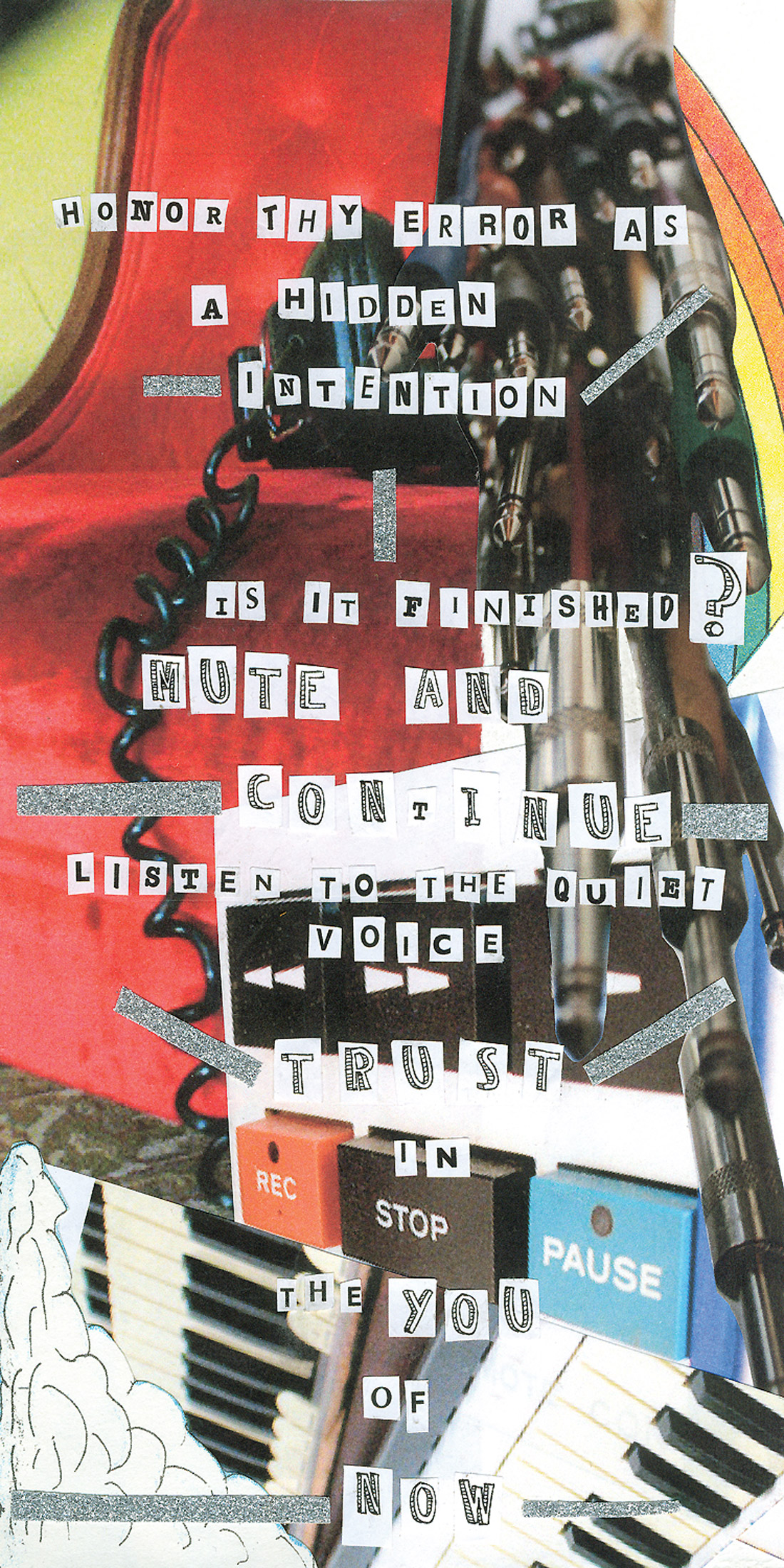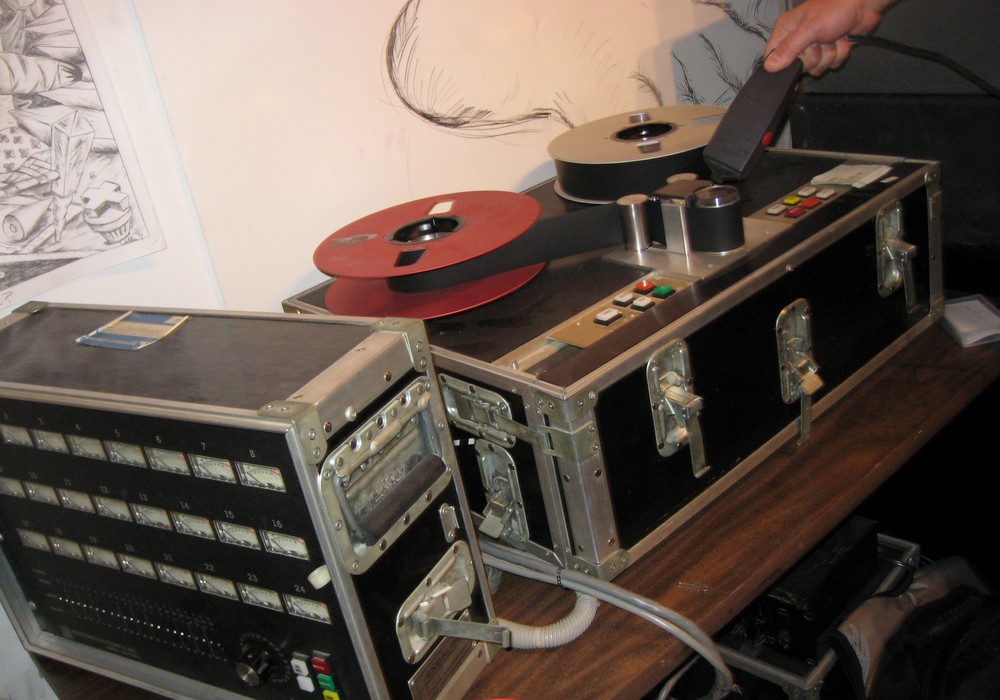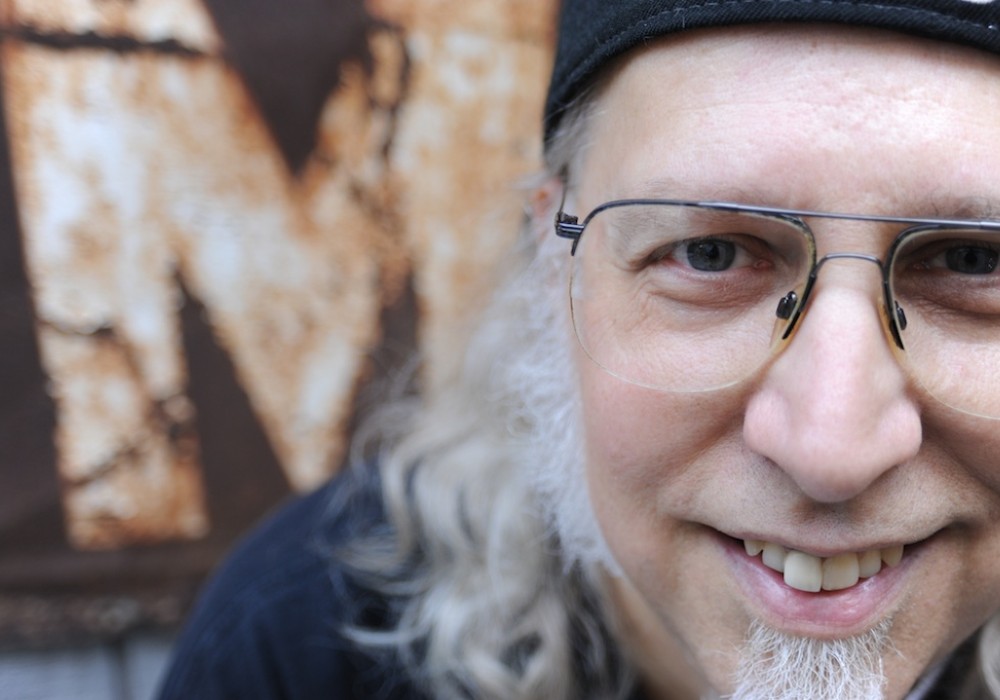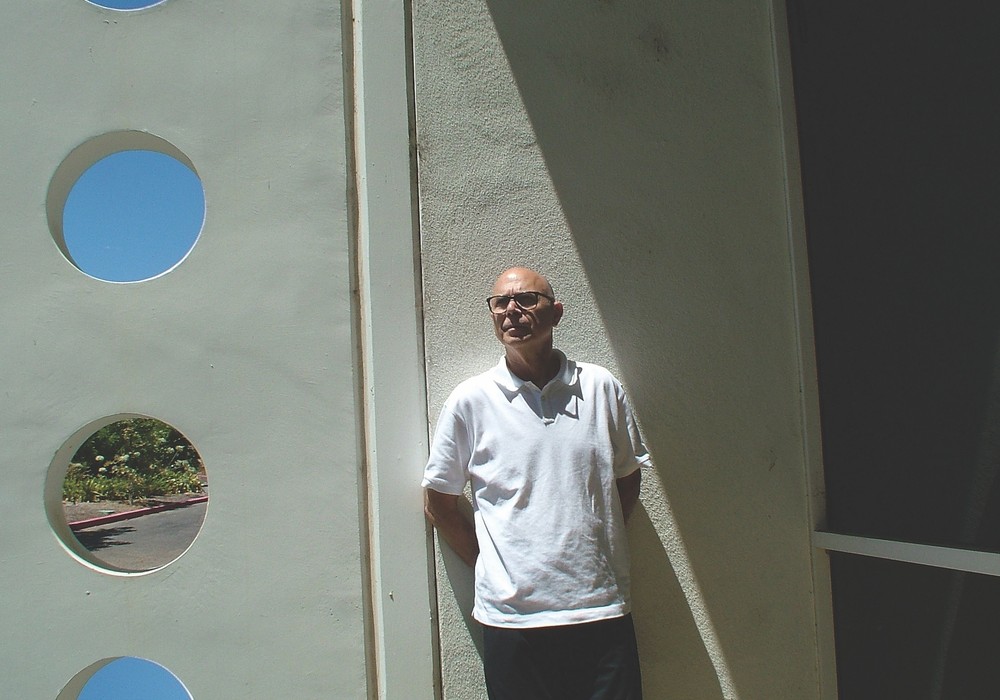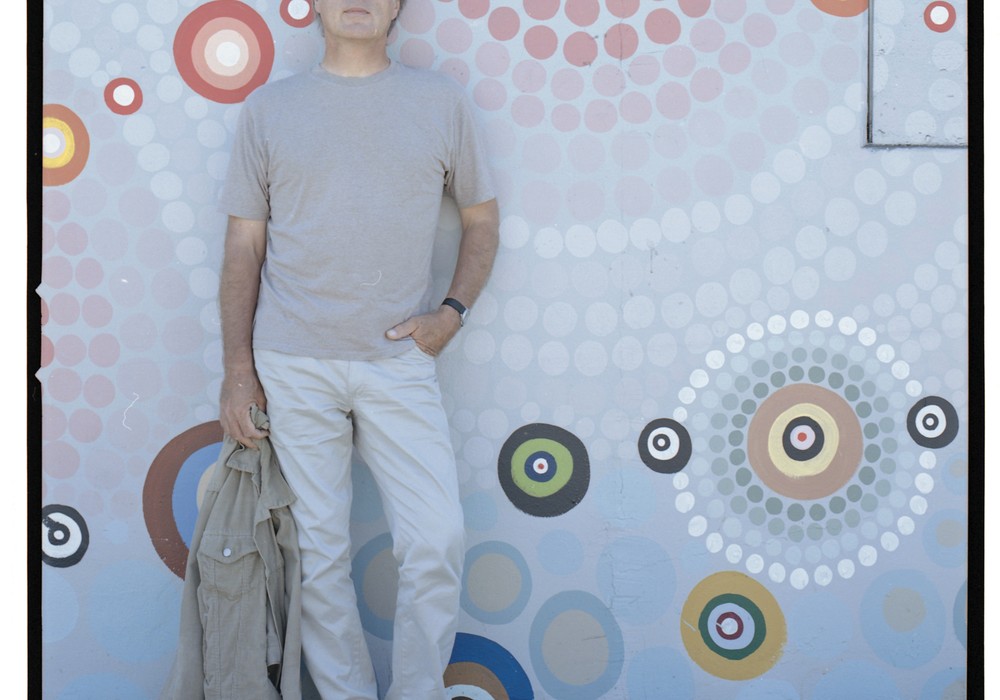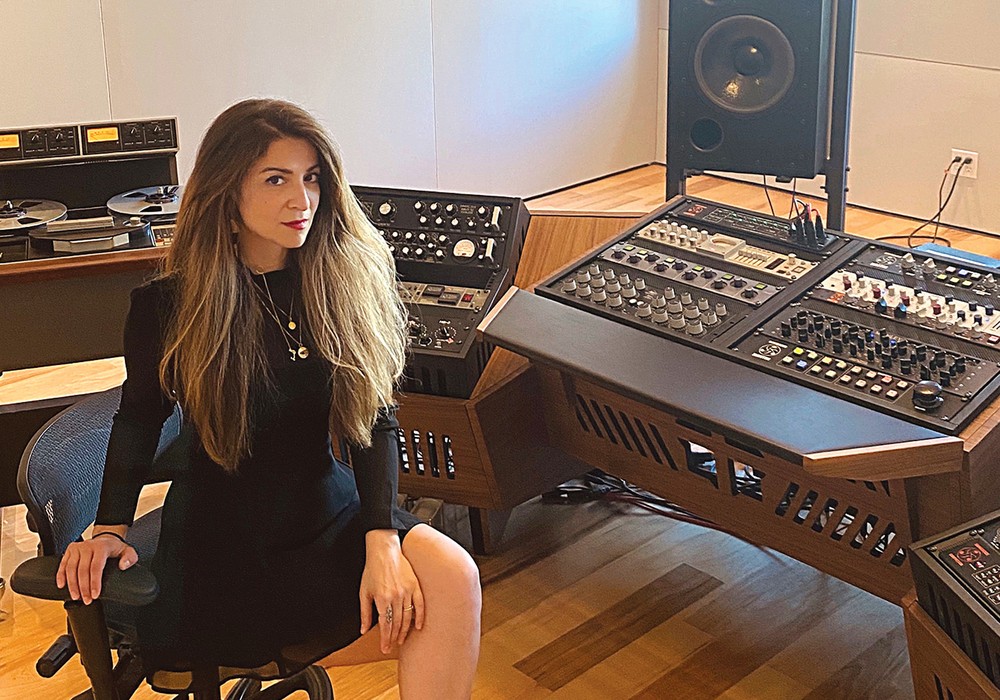In Tape Op #85 we interviewed Joel Hamilton about working on the Blakroc project. Here's a bit more about his background.
How did you get started making records?
The initiative was that I've always loved music, from the beginning. My dad played drums in a band and our house was the practice space. There was a Fender Twin, a [Ampeg] Portaflex and a drum set, as well as guitars and a bass that I wasn't supposed to touch! Of course I touched them every single day. I had a reel-to-reel tube recorder that my mom got for me at a yard sale. After some 2-track experimentation, this guy came over to record a demo with my dad and left a 4-track. I think it was 1/4-inch, reel-to-reel. I felt like I'd finally figured it out after I recorded over myself 16 times. Again, it was this thing that I was so not supposed to be touching! I figured out how to vari-speed by the time I was 11. I would say "hey" and then "what" on different tracks.
Where did you grow up?
Massachusetts, on Cape Cod. So I had these really long winters. Everyone would leave on Labor Day and it would just be the reel-to-reel and me in the basement for six months until all the cute girls from Jersey would show up again. [laughter] Recording-wise, it was definitely band-oriented. I played stuff all the time. I would start to figure out how to play drums and then guitar. By the time I was 13, I was doing these 4-track nightmares that I wish I still had. I finally got myself some cassettes. I had a DCC [Digital Compact Cassette] player/recorder that I got for Christmas one year. Now I had a digital format where I could bounce down to a stereo mix, print it back and keep doing that a billion times. I learned so many things about the fundamentals of recording. I had to figure out how to record on my own, just like a ton of us do. Later I was in bands. I was in a band called Shiner for few years. I was also in a band called Glazed Baby for awhile. Those bands toured a lot, so I met a lot of people and got to record with other engineers. I went from that side of the glass to sitting in the chair. I think that leads to compassion in the studio when you start out on the scary side of the glass.
When did you start recording professionally?
I guess it's been about 17 years now that it's been my only job, which I can't believe. The only way I was making money when I was off the road was by recording.
Are you a partner in Studio G?
I am. Tony Maimone and I have Studio G together, which has been rebuilt about a million times now. Tony was in Pere Ubu, originally, and then They Might Be Giants. He's played with Bob Mould, Lucinda Williams and Frank Black. He originally had that as a rehearsal space with a [Soundcraft] Ghost LE, some ADATS and a 1-inch Otari in it. We've rebuilt the place from the ground up, everything from the grounding spike in the basement to the air-conditioning, like four times. We've outgrown it, but we have such a killer lease in Williamsburg that we just keep rebuilding the same space. It's kind of from the "How Not To Build A Studio" manual. [laughter] I headquarter all of my gear there, basically. That's a big part of the partnership. Tony and I can point to everything we've invested in. The walls were his originally, he got the lease, but my gear lives there. It keeps things from being messy. We're not mutually invested in a single piece of gear. Percentages can lead to ugly things.
